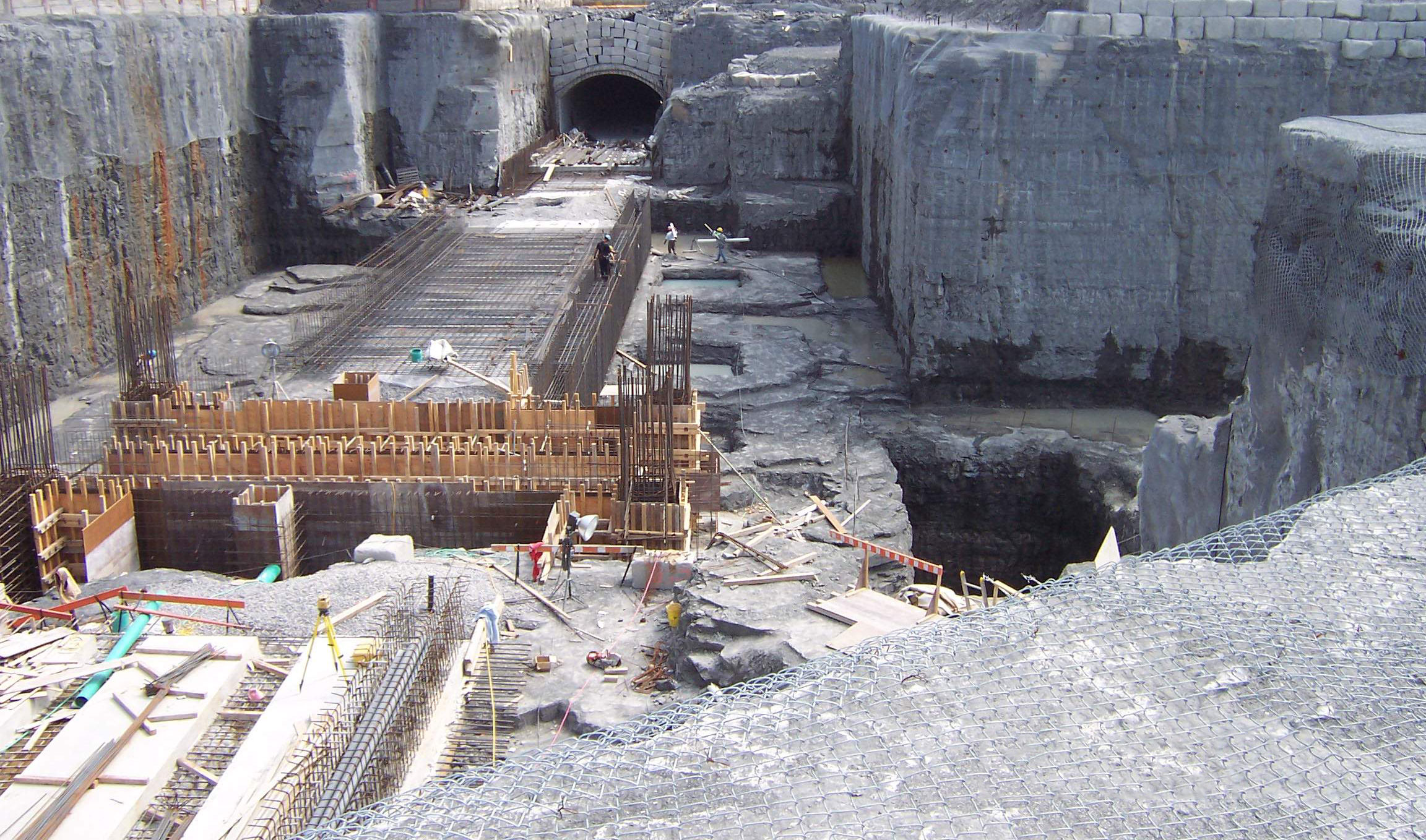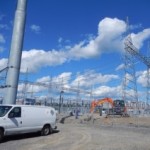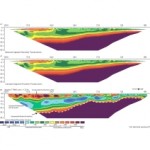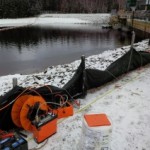The basic principle behind electrical methods is the injection of current into the ground using a pair of electrodes. This current causes a potential difference in the ground which is measured by a separate pair of electrodes. The voltage measured can then, using the parameters of the survey, be converted into an apparent resistivity value. This value can provide a range of information regarding the material being tested. Different types of soil compositions have different resistivities. Variations of the method include electrical resistivity, self potential, and induced polarisation. Each of these methods can be used for a wide range of applications.
A number of different electrode configurations can be employed for electrical surveys, including:
- Vertical Electric Soundings (VES) for grounding studies (ASTM G57, IEEE-81);
- 2-D and 3-D Electrical Resistivity Tomography (ERT)
- 2-D dipole-dipole gradient maps (in the horizontal plane) of resistivity and induced polarization.
Typical applications include:
- Electrical grounding studies;
- Geological mapping;
- Hydrogeology;
- Environmental studies (contaminant mapping, landfill sites);
- Mineral exploration (induced polarisation (IP) surveys).
For more information, please contact our Ground Survey Team.




